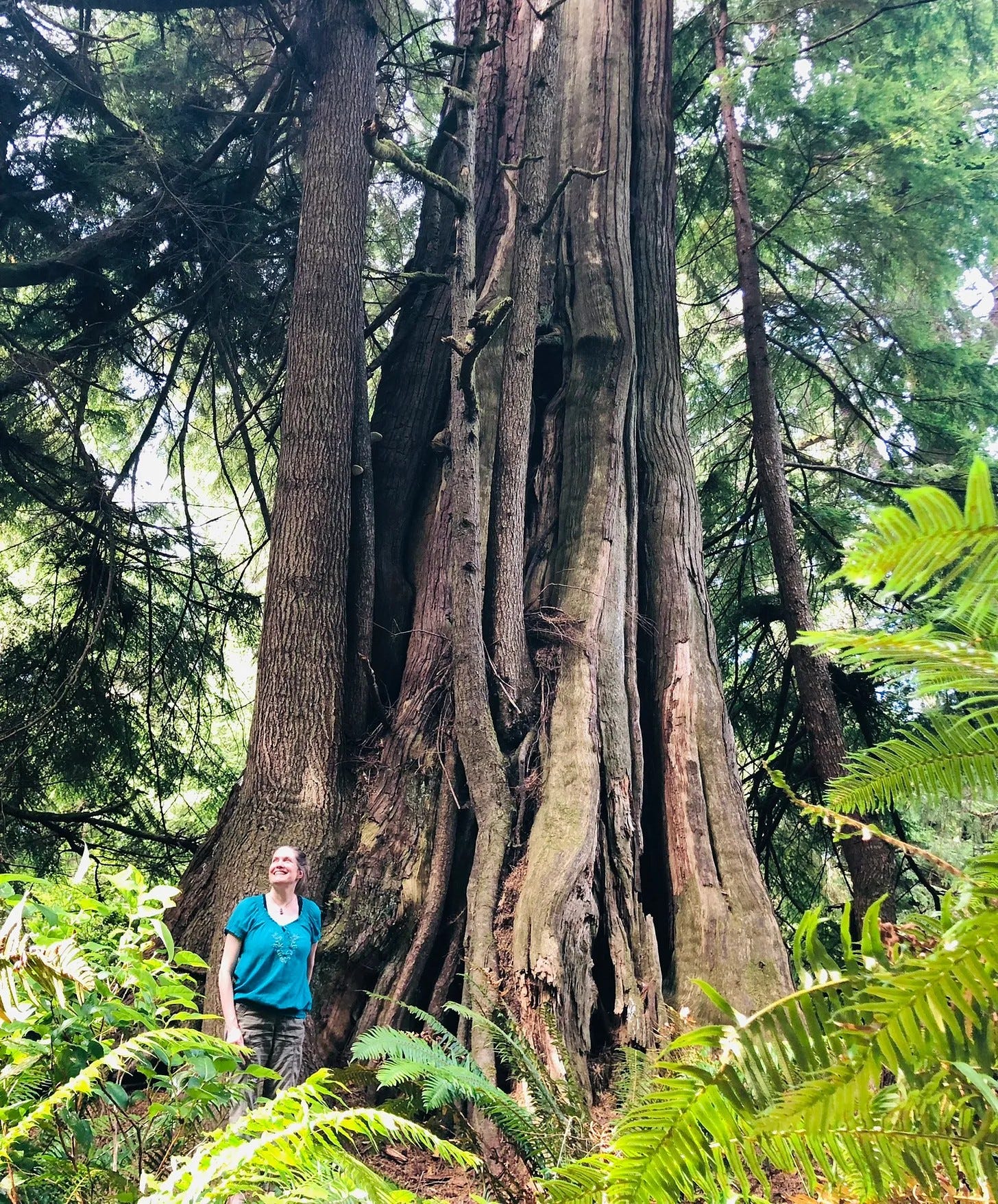
"Anchor the eternity of love in your own soul and embed this planet with its goodness." ~ Rep. John Lewis
Epigraph: I wrote a seedling draft of this essay at the inception of Tree Speech but it remained in that form until a recent event.
At a family reunion in early August, my cousin took a few of us to visit a trio of old-growth Cedars she knows well. Standing with kin in the presence of these stately and sturdy ancients compelled me to revisit this ode to the vocabulary of trees (and its reflection more broadly on the language of life), as well as share my cousin’s own gorgeous tribute to these ancestral care-givers.
"Something precious is lost if we rush headlong into the details of life without pausing for a moment to pay homage to the mystery of life and the gift of another day." ~ Kent Nerburn
Tree speech is a play on words, voiced to me by my partner who easily could have devoted his career to the language of botany instead of law.
Most of us hold dear the concept of free speech, a fundamental human right that empowers individuals and collectives to express their beliefs and opinions without fear of reprisal.
This revered right has enduring historical origins and is recognized in many countries’ constitutions as well as international human rights law.
Even so . . . free speech and freedom from harm are daily struggles for far too many humans among us. I am grateful to those who champion these rights, and strive to protect and restore such vital freedoms.
What’s too easily unrecognized is how widely these same sacred rights have been denied in every sense to most of the non-human living world. In this, I include her astonishing array of fauna and flora teeming with spirit and sentience who have broadly been declared—and thereby rendered—voiceless.
Voices that matter, even though they manifest so fantastically different from our own. So different in fact that some may call into question the validity of both their spirit and sentience. But it is this very uncertainty that has led us astray and into assumptions of a hierarchy of superiority.
What if we proceeded instead by leaning into the necessity of a responsible life when there are such significant mysteries yet to be revealed about the world around us?
“Our bodies have formed themselves in delicate reciprocity with the manifold textures, sounds, and shapes of an animate earth — our eyes have evolved in subtle interaction with other eyes, as our ears are attuned by their very structure to the howling of wolves and the honking of geese. To shut ourselves off from these other voices, to continue by our lifestyles to condemn these other sensibilities to the oblivion of extinction, is to rob our own senses of their integrity, and to rob our minds of their coherence.” ~ David Abram
An apt segue to the communication of trees.
It surprises many to learn that trees, like every living being, utilize language. The mother tongue of forests is facilitated by the mighty mushroom, or mycorrhiza: a symbiotic fungus network that thrives in the root tips of every plant and tree on planet Earth.
There are thousands of species of mycorrhiza and they are thought to have existed for 500 million years—since plants evolved to grow on land. These fungi function as a dynamic underground nutrient- and communications-network which allows trees of every variety to share sustenance, care for and even warn each other instantaneously of danger, and form forest families and advantageous allegiances for radiuses of many miles.
Some trees have been found to be so interconnected and bonded in symbiotic benevolence, if one of them becomes diseased or dies the other soon follows—a phenomenon documented widely in many mammalian species too.
I have never walked among trees in quite the same way after learning more about this kinetic system that interweaves and provisions the arboreal canopies I adore. The ancient language of life pulsating mere inches beneath the ground we all stand upon—be it loamy soil or rigid concrete.
It’s a lot to take in. For some, it may require a radical shift in perception in order to acknowledge the sheer significance of it.
Because if trees can communicate, are capable of establishing life-long interrelationships, or of affirmatively nurturing their young, it turns the modern paradigm on its head.
As well it should.
I recognize that humans may have a long path ahead to better understand the nature of such communications, to debate whether trees are using willful language or merely exhibiting chemical reactions to stimuli, and to reckon with the ethical implications of our findings. But for the immediate, that trees communicate sends a powerful message to humans that our default presumption of other living species as inanimate “things” isn’t a supportable approach.
"Let language be perch, not prison." ~ Joe Nichols
Turning next to human communication, language stands as an unequaled force for good—or bad—to shape and sustain conceptions and values of the world around us.
Joe Nichols alludes searingly above to the way we use, even wield, our words—akin to a tool. A hammer, for example, that may be employed for constructive or destructive ends. Just as the user chooses on which course to direct the hammer, the speaker does the same.
Language is symbolic and foundational. It shapes, guides, and instructs who we are—to ourselves and each other. Just as trees illustrate in their split-second messages of warning to interconnected kin when danger or disease are nigh, language can save lives.
And, yes, it can also do the opposite.
Robin Wall Kimmerer—member of the Potawatomi Nation, revered ecology author, and PhD botanist—speaks eloquently in her body of literary work about the language spoken by her ancestors and how tangibly it reflects the belief that the entirety of the living world contains life force.
Unlike English which is replete with nouns used to designate living beings merely as things, the Potawatomi primarily devote action-oriented verbs to the tapestry of life, reflecting an inherent aliveness across the spectrum of the world’s web.
Most of us in our first languages are already accustomed to saying human being. Beautifully, in Potawatomi other living entities get parallel designation. A butterfly, a wildflower, or a coyote are paired and preceded by the word being—such as “being a wildflower” or “being a coyote.”
Imagine how differently our human collective would interact with the living world if more of us conceived of, and referenced (reverenced), the whole of creation in this life-affirming way.
Perching instead of prisoning with our vernacular.

"Besides sharing a common home on this beautiful planet here in outer space, animals share with us the vulnerability of mortality and all that entails." ~ Dr. Will Tuttle
The widespread abuse of the power of language and lack of its recognition beyond the human species leaves little wonder that we find ourselves in a present-day ecological crisis of epic proportions.
But while there is reason to despair, it isn’t why I write. And it isn’t the whole story either. Because the pages are still being written by you and me. Which makes me want to tell you how the symphony of the Kibwezi Ground Water Forest in Kenya was brought back from the silent brink of destruction by a love of listening.
Today, there is a verdant canopy with its golden-grass savannahs traversed by hooting baboons and howling vervet monkeys, burgeoning fig and wind-warped Acacia trees percussively shaking their leaves, and the burbling sounds of fresh water springs. Twelve years ago, however, this ecosystem was nearly brought to ruin.
Human irresponsibility—both legal and illegal—had stripped the forest bare. Wildlife of every kind were poached, eaten, and/or sold on the black market. The few animals who managed to survive fled for their lives.
One of Kibwezi’s devoted human stewards recounted that you could see through the trees for vast distances: miles and miles of sparse forest and parched earth.
An eerie voiceless silence many of us know all too well.
Gone were the songbirds and squabbling nocturnal bush babies, tussling juvenile warthogs squealing for milk from their patient mothers or lifelong-mated dik diks darting for safety into dense brush. Lost as well the triumphant toots of hornbills, alarm calls of the azure-blue Vulturine guinea fowl, and rumbling elephant herds whose foraging habits keep entire ecosystems intact.
When the Sheldrick Wildlife Trust began discussions with the Kenya Forest Service to make attempts to bring this listless landscape back to life, nobody was sure it was even possible.
Today, devoted “water keepers” stand watch over spring waters flowing sweetly once again to those who need it—including humans villages nearby. Elephants graze in meadows free from poisoned spears and snares. Cape buffalo cavort alongside sweet-eyed bushbucks. Baboons carrying babes, flying flocks of every feather, frond-filled forests, and green grasslands thrive and thrum alive.
Do I know what these voices are saying to each other (or to me)? Not fully, not yet. But that they’re conversing I’ve no doubt. And restoration was only made possible in the embodied remembrance that every voice plays a role in the chorus of life.
In the act of listening we return landscapes, and ourselves, to the beautiful brogue of being.
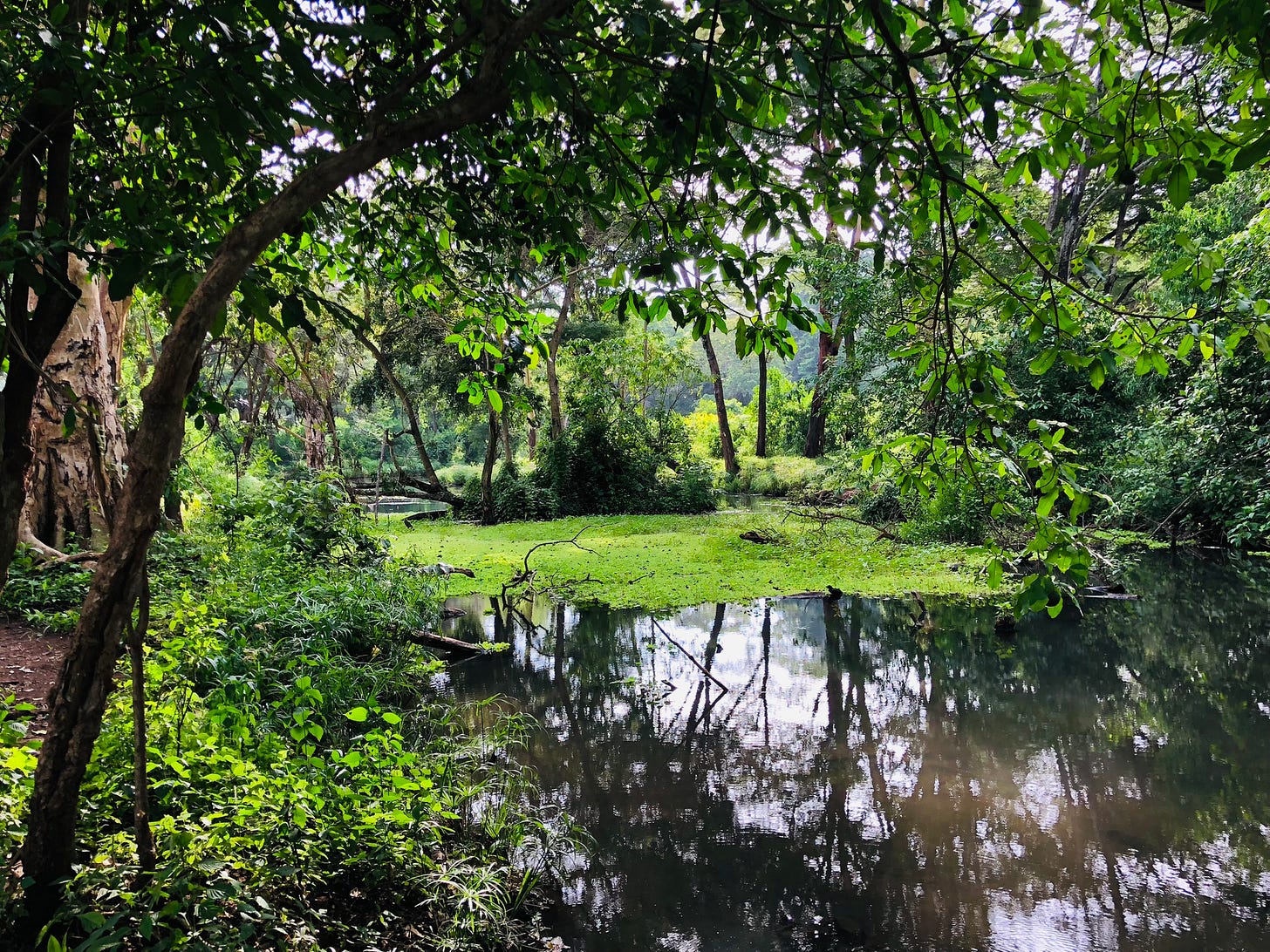
"If grief can be a doorway to love, then let us all weep for the world we are breaking apart so we can love it back to wholeness again." ~ Robin Wall Kimmerer, Braiding Sweetgrass

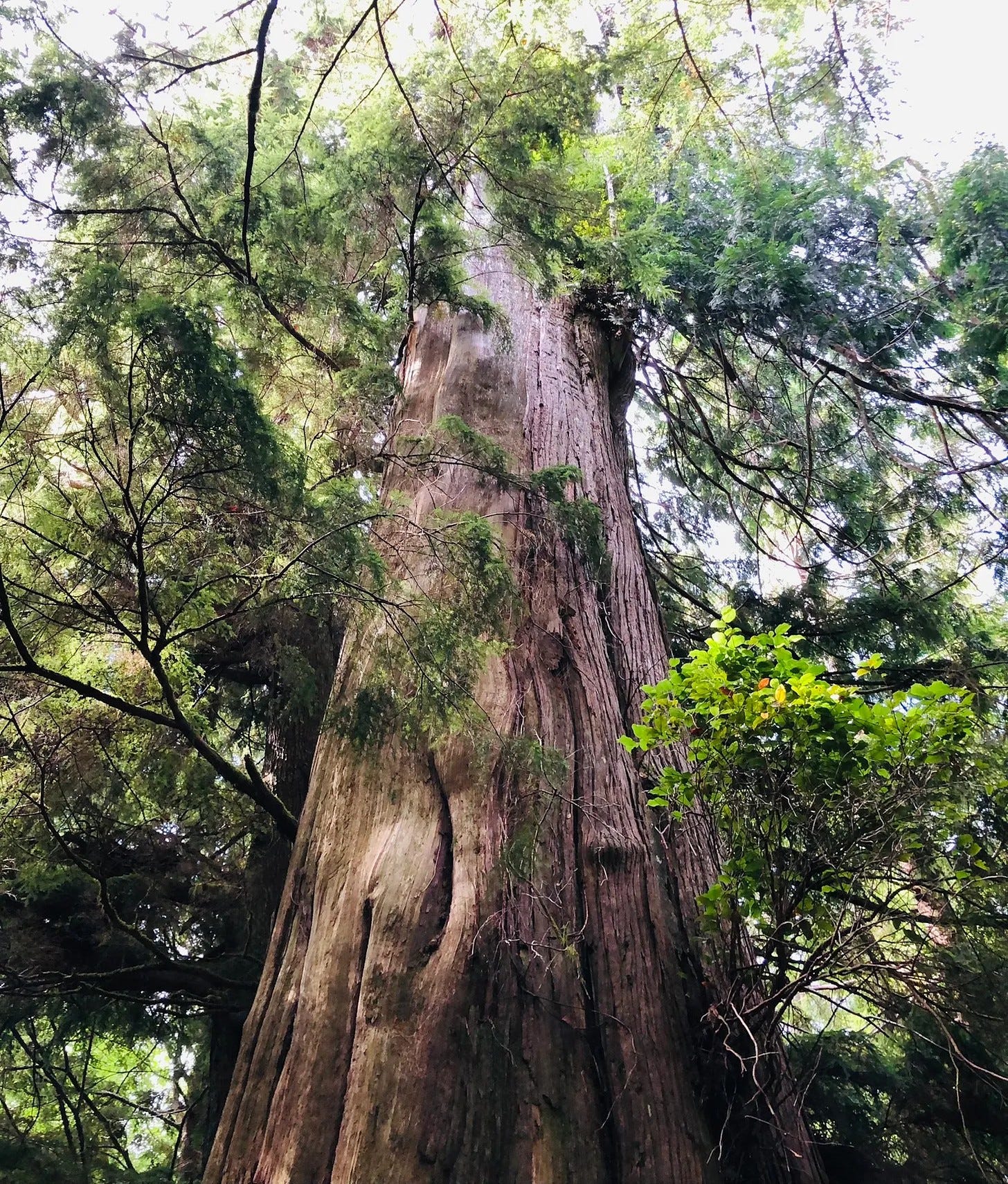
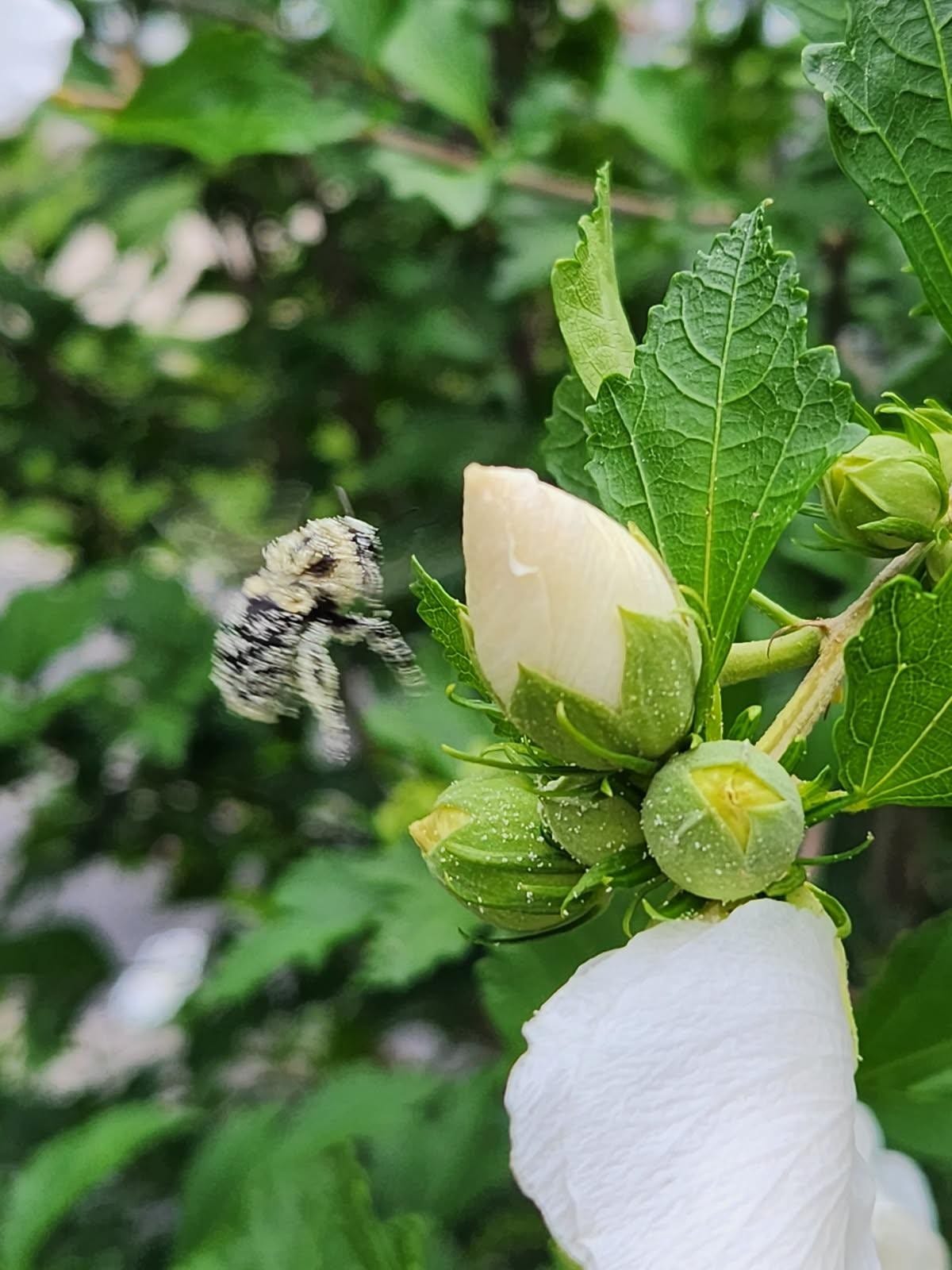
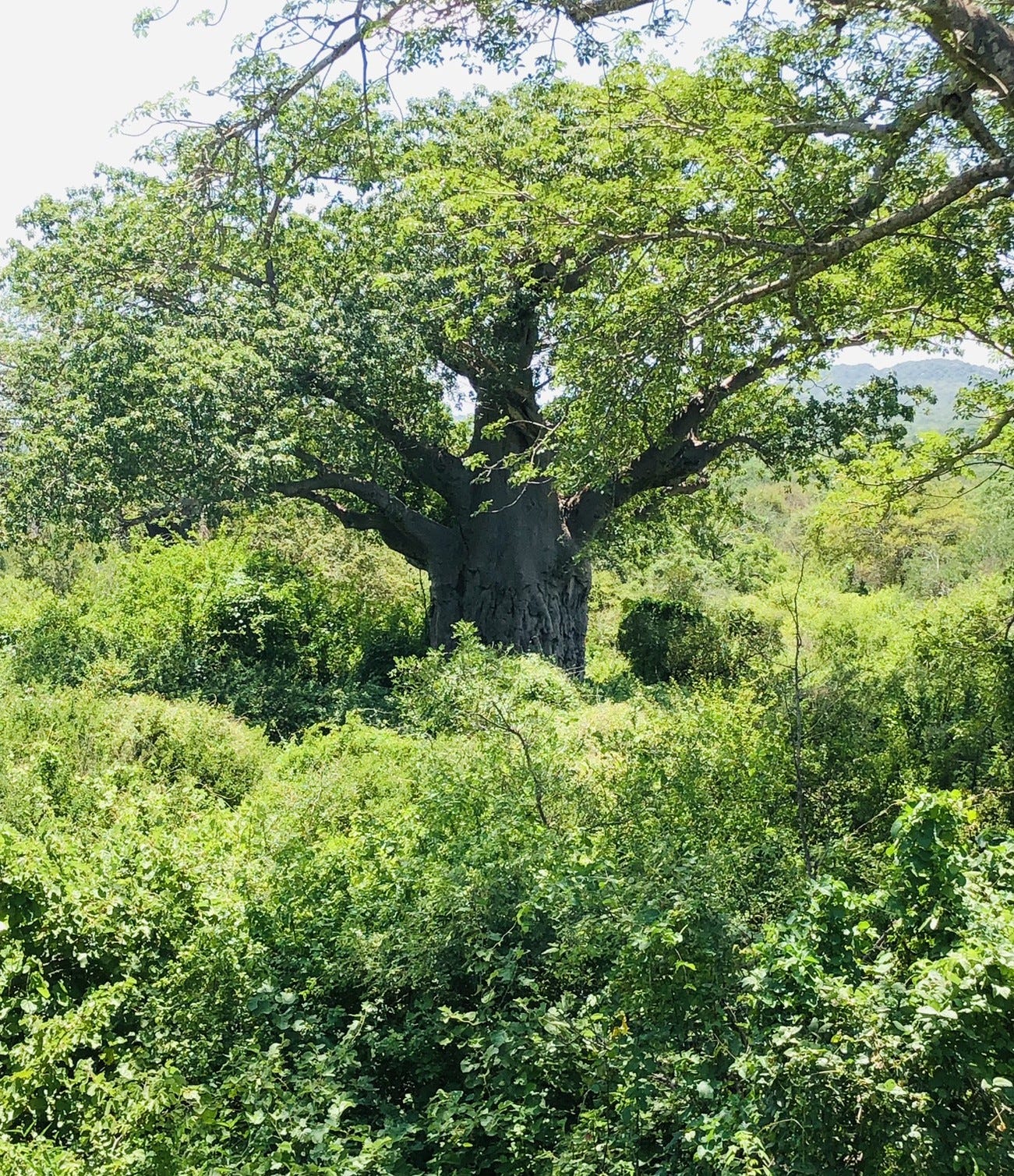
Stephanie, your rooted, radiant words are such a tapestry of tender remembrance. I could even feel that reassuring pulse of the mycorrhizal network in your sentences, the breath of ancient Cedars in your cadence. Thank you so much for voicing what so often goes unheard: the sentience of trees, the sacredness of language, and the quiet miracle of restoration through listening.
I love this post ... the photos, the quotes, and most especially your tribute to Kibwezi and the ancestral care-givers of Clatsop County. That moved me deeply. In your writing, I hear the brogue of being ... and I’m grateful to be among those still learning to listen.
And in pure synchronicity, I believe I may have answered your question ... well, at least in part ... with my latest tree-themed post. It’s a deep offering from the forest floor, where story and tree oghams entwine. The trees are speaking, and I’m listening too. 💚🙏🌳
Beautifully written Stephanie ❤️...I loved the Kibwezi restoration part. Kibwezi is in my hometown